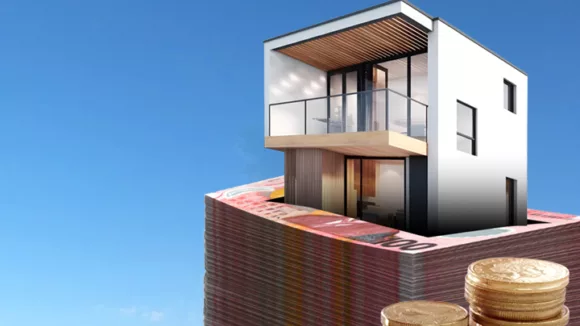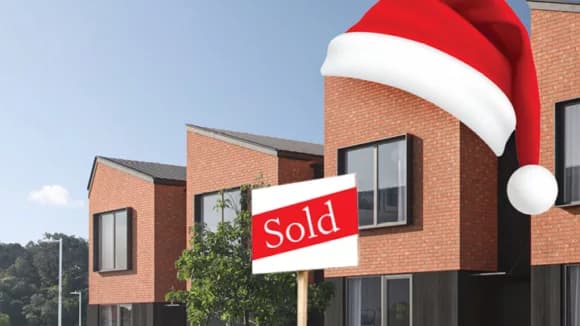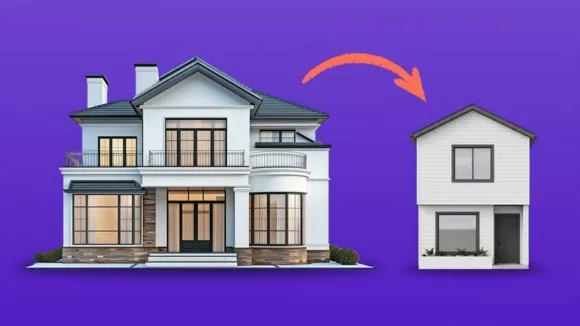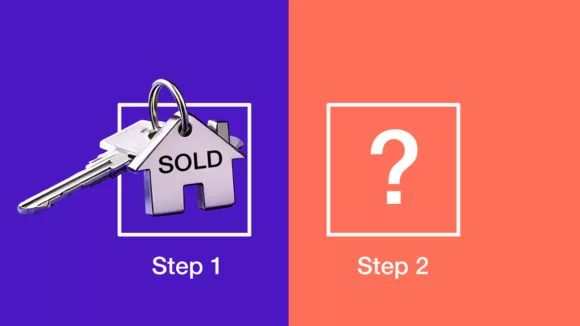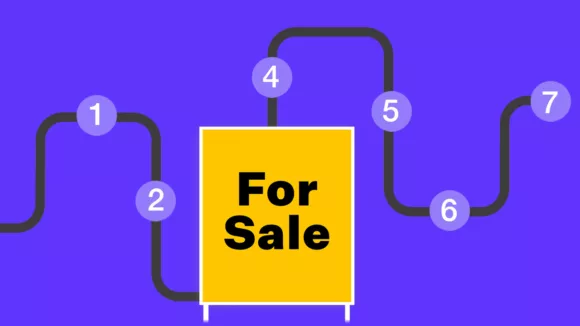#2 – Income: Will the bank give me the mortgage?
On top of the deposit, you’ll probably need a mortgage, so the bank must be willing to give you the money for the house.
They won’t automatically give you the money just because you have the deposit.
You also need enough income. They want to make sure that even if a few bad things happen, you’re still be able to afford the mortgage.
The income side of a mortgage application is often harder to calculate.
But, we generally say it’s worth digging deeper if your household income is $100,000 or more.
You might use a mortgage calculator. You see the payments the calculator says and think: “Yup, I can afford that”, but the bank might not agree with you.
This is because the banks run lots of calculations to decide if you can afford to pay the mortgage.
These calculations are usually referred to as “servicing”. Can you afford to service the mortgage?
To see the amount you can borrow, use this (loose) ballpark calculation:
(Your income) x 6 = the amount you can borrow
Note: this multiple can change. When interest rates are lower, most mortgage advisers will use 7x.
For instance, if you and your partner earn:
- $120k through your jobs, and
- $30k through your rental property
You have $150k in household income. Multiply that by 6 and you get $900k. So, the bank may lend you up to $900k.
When a bank looks at your mortgage application it’s a bit more complicated than that. They “stress test” your application. This includes doing things like:
- Could you afford the mortgage if the interest rate was 9%?
- Could you afford the mortgage if you didn’t have a tenant for 3 months of the year?
- What if your mortgage repayments were principal and interest? (even if you get an interest-only loan)?
These are all complicated and technical, so use our calculator to see how much you could potentially borrow based on your income.

